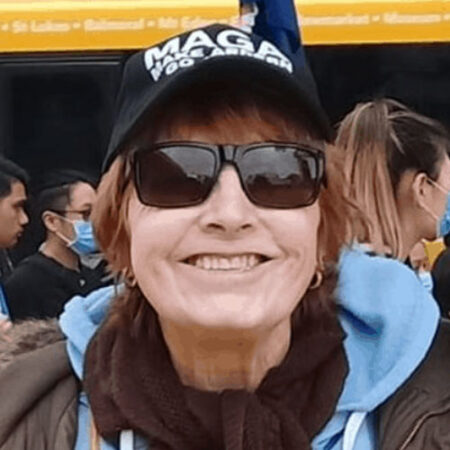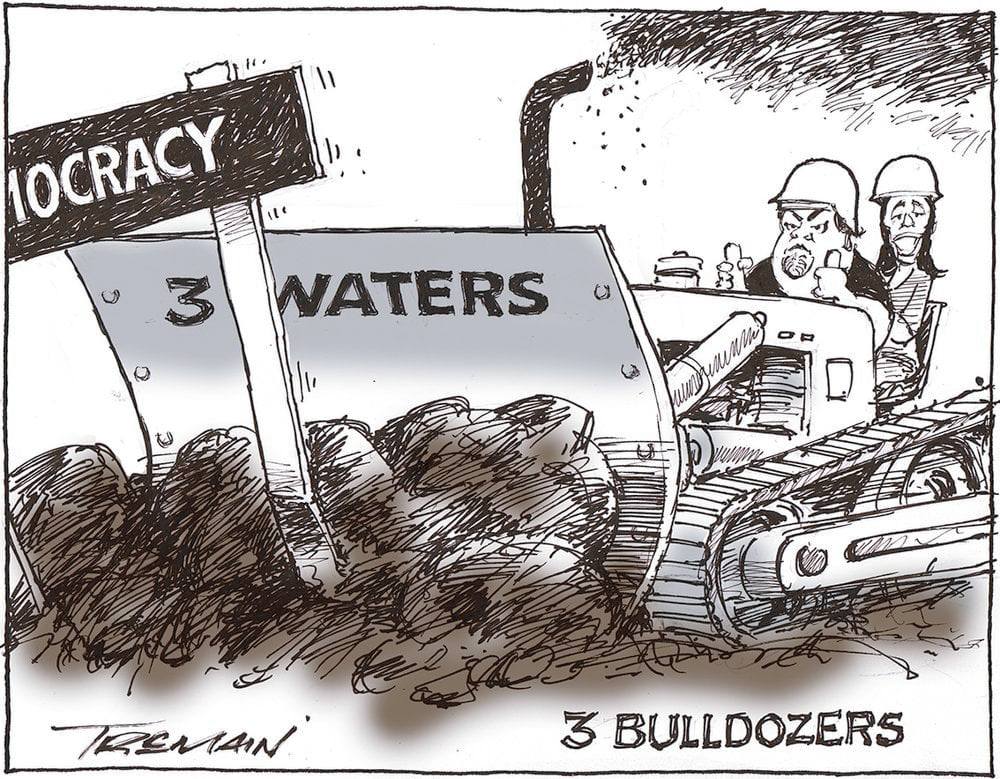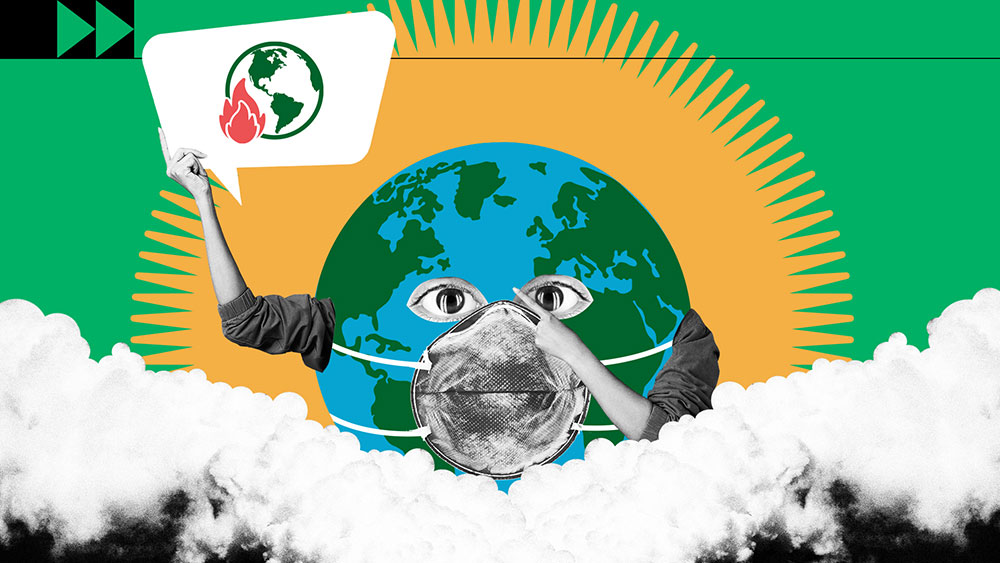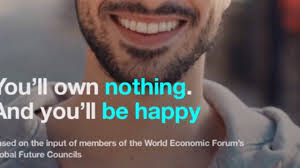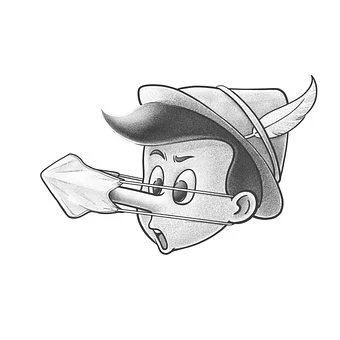UNFAIRLY TARGETING FARMERS – THE 2016 HAVELOCK NORTH WAS USED TO INTRODUCE – THE NEW WATER REGULATOR TAUMATA AROWAI AND THE MAORI ADVISORY BOARD
Initially Accusations & Speculations were a reality to the farmers whom were blamed for the Campylobacter outbreak in Havelock North in August 2016, An estimated 5,500 people, 15 approx hospital admissions & 3 reported contributed deaths. There were political discussions and the Green Party blamed the Farmers for Intensification of Farming practices as being the fault of the contamination
Federated Farmers & other Agricultural Representatives strongly rejected the claims pointing out that the area new the specific bore in question was primarily lifestyle blocks and orchards not Intensive Dair Farming. It was concluded the source of contamination was likely from sheep faeces that flowed into a surface pond & then into an insecure bore
The Govt Inquiry attributed the blame on the Systemic failings by Hawkes Bay Regional Council & the Hastings District Council for their lack of collaboration * inadequate Risk Assessments & the failure to ensure Bore Security & Proper Water Treatment. The initial finger pointing at farmers caused a significant negative effect on the farming communities reputation. NZ First stated the Farmers are owed an apology as it was clarified the actual source was the Councils significant failings.
Farmers had been treated unfairly , were targeted by misleading and alarmist claims by Anti Lobbyists without a shred of evidence. There was finger pointing at agriculture, yet the closest dairy farms was 40 kilometers away. It was reported that farmers had spent $1 billion fencing rivers over the past decade.
The Havelock August 2016 Incident imposed new restrictions & obligations on farmers as key land users in water catchments. Councils were blamed, criticized for the lack of collaboration * Inadequate Risk Assessment * Failure to implement required Water Safety Plans & Monitoring which was said to contribute to the outbreak occurring. The Havelock North Incidence highlighted tensions around water and land use in NZ, leading to more management & regulations nationwide.
Regional Councils eg Hawkes Bay Regional Council was required to implement stricter rules and planning changes (Like a TANK plan Change) which included the development & implementation of Farm Plans. Introduced more rigorous standards & restrictions, scrutiny and more rigorous national standards. This leading to increased regulations & restrictions on Agricultural practices & policy changes
The prompting of calls for a more Sustainable Less Intensive Farming methods. Including a cap on the use of synthetic nitrogen fertilizer, a measure that directly impacts many farmers. The Havelock North 2016 Incident although Farmers were not to blame led to broader regulatory shifting, restriction on land use practices especially agriculture right across NZ. (was this just another Crisis opportunity ‘Never let a Good Crisis Go to Waste)that this was in 1 of the bore heads (Same location as the August 2016 incident)
The independent Stu Clark 1998 Report concluded that the 2 Bores were a possible source of campylobacteriosis.. The likely point of entry for contaminated surface water was a leaking power cable gland. It was recommended that testing the Te Mata Aquifer to establish whether it was confined along with measured to ensure security of both bores.
The Regional Council failed to meet its responsibilities as set out by the Resource Management Act 1991 (RMA) to act as Guardian of the Aquifers under the Heretaunga Plains Protection of Water Sources. The District Council did not embrace- implement the high standard of care requires of a public drinking water supplier in light of the 1998 outbreak and the significant history of transgressions. The breaching of Drinking Water Standards
The District Council did not properly manage the maintenance of plant equipment or keep records of that work, carried out little to no supervisions of follow-up work. Did not carry out recommended improvements. There was a lack of collaboration and liaison between the Regional Council and the District Council. A strained relationship with an absence of regular and meaningful cooperations resulted in missed opportunities that may have prevented the out break
Consultancy firm MWH New Zealand Ltd (“MWH”), a technical adviser to the District Council, failed competently to assess and report on the security of the bore heads of Brookvale Road bores 1 and 2. The Inquiry found that near the Brookvale Rd Bores the Aquifer had been penetrated by a significant number of disused or uncapped bores leaving it vulnerable to entry by contaminated water. That the Brookvale RD Bore 3 was affected by earthworks at the neighboring Te Mata Mushroom property, leaving it vulnerable to contaminated water
The Te Mata Aquifer was not a secure source of drinking water- non compliant to Drinking Water standards. That the Regional and District Councils relationship was dysfunctional. The Regional Council filed a criminal prosecution against the Regional Council 18th November 2016 which led to a delay in the Inquiry.
It was stated that this was ill advised and never should have been launched . It was eventually dropped and replaced with two infringement notices. The Regional Council spent $450,000 investigating the case. This could have been spent on the Aquifers beneath the Heretaunga Plains
It was reported that the risk associated with waterborne diseases in NZ are well recognized. The Drinking Water Guidelines emphazise that ‘Untreated drinking water contaminated with pathogens presents a significant risk to human health. Therefore lessons need to be learned from the Havelock North Incident.
But was has Central Government learned. First they blame the farmers unjustifiably so. Yet 23 years later successive governments have turned deliberately absent minded- where the Local Govt Act 2002 still remains with the same errors as when it was presented to the House. Where Trade Waste Consent Breeches still remain a cause of significant concern. Where Stats that were present a couple of years ago now the 2024-2025 Stats for Trade Waste Consent breaches are clearly absent from the publics eye.
Where on 8th September 2025 Taumata Arowai Maori Group report that the Māori Advisory Group advises on Māori interests and knowledge as they relate to the objectives, functions and operating principles as they set out their expectations & intentions to work as partners to advise on Maori Interests
The Maori Advisory Group provides advice on how to enable Matauranga Maori * Tikanga Maori and Kaitiakitanga to be exercised. Any other matters as agreed by the Maori Advisory Group and the Board. Environmental management and Iwi Maori development working with Central Government agencies, Local Government- Iwi and Hapu. The Freshwater Iwi Leaders Group and the member of the Ministerial Advisory group Kahui Wai Maori ..In Sustain the Tangata,
December 2019 The Bill was introduced to the House. The 1st March 2021 The Act took effecr an Order in Council and Taumata Arowai became a Crown entity. The Act sets out the objectives and functions allows for the board and Maori Advisory Group to be established. The Taumata Arowai and Three Waters Reform Program Iwi & Maori Hui a motu. And the Taumata Arowai and Three Waters Reform Programme Iwi & Maori Pre-workshop Water Services Bill webner on You Tube (https://www.youtube.com/watch?v=iptBF0rRWNs) Dept of Internal Affairs
https://www.taumataarowai.govt.nz/about-us/who-we-are/maori-advisory-group
WakeUpNZ
RESEARCHER: Cassie
LINKS
Footnotes
- Stu Clark “Hastings District Council Water Supply Contamination Investigation’’ (13 September 1998). This report is documentCB048of the “Core Bundle of Documents” and is accessible on the Inquiry website (http://www.dia.govt.nz/Core-bundle-documents).
- A confined aquifer is protected by a layer or layers of impermeable material.
- A report in August 2016 by GNS found water from three of the bores in the area (Omahu and Wilson roads in Hastings and Brookvale Road bore 1 in Havelock North) contained water less than a year old: GNS “Groundwater Residence Time Assessment of Hastings District Council Water Supply Wells in the Context of the Drinking-water Standards for New Zealand” (2016) (CB081).
- CB192.
